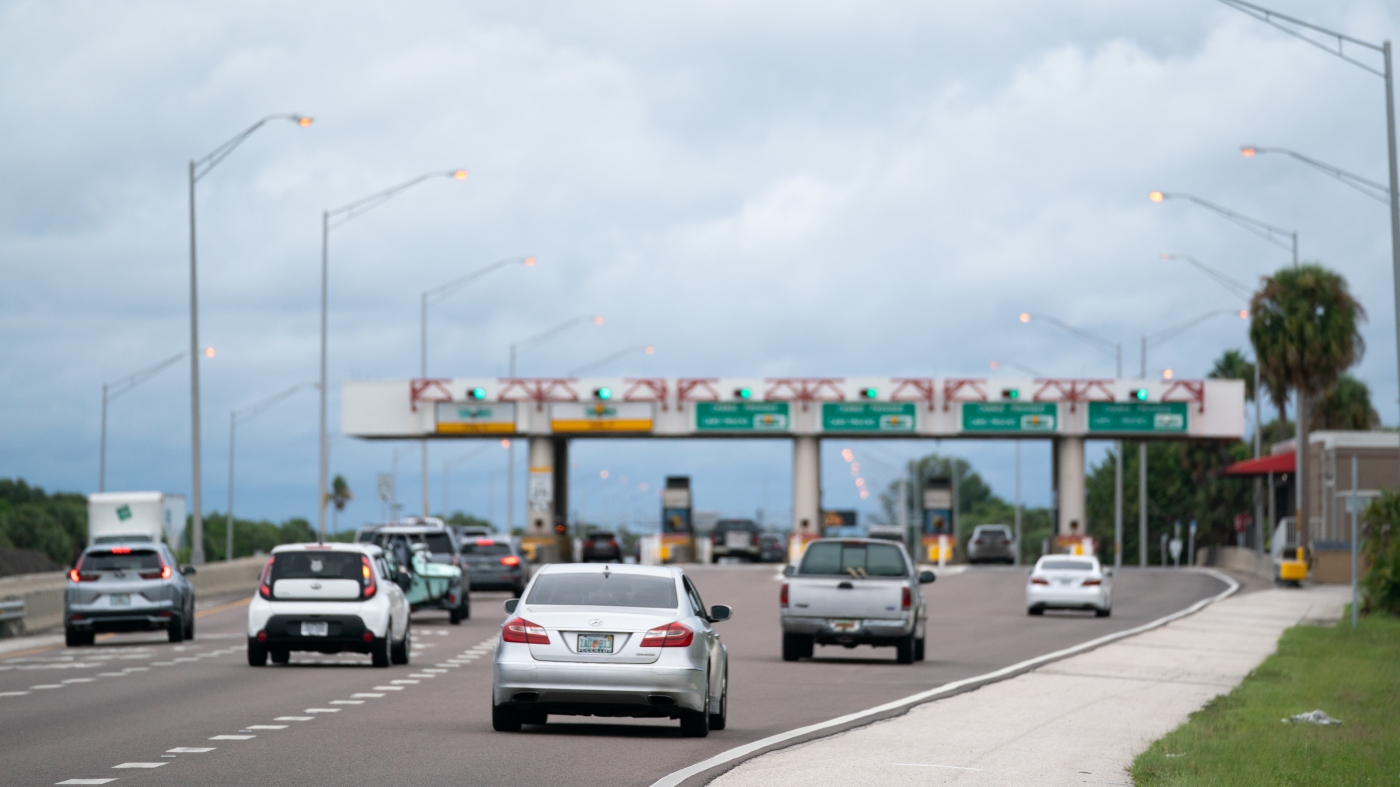Spam texts, or ‘smishing,’ are increasingly common, with scammers using tactics such as notifying recipients of unpaid tolls, IRS refunds, or gift card winnings to compromise data and steal money. Americans received 19.2 billion spam texts in February, a significant increase from the previous fall, according to Robokiller, a spam-blocking company. Another firm, Truecaller, reported that 86% of Americans surveyed had received spam texts. The Federal Trade Commission (FTC) warned in January about a growing scam involving unpaid tolls. Smishing rose by 22% in the third quarter of 2024, with scammers impersonating entities like gas and electric companies or municipal ticket payment agencies. A spike occurred at the start of 2025, particularly after New York City introduced congestion pricing on certain roads, leading to scam texts about unpaid tolls. These scams often target drivers in various states and families on road trips. To protect yourself, register your phone on the National Do Not Call Registry and be cautious of texts, calls, or emails requesting personal information. Avoid clicking on links in unsolicited texts, as they may contain malware. If uncertain about a message’s authenticity, look up the company’s phone number independently and verify the request. Fraud attempts can be reported to the FBI’s Internet Crime Complaint Center (IC3) or forwarded to 7726 (SPAM). Delete any smishing texts after reporting them. Most scam texts originate from crime rings capable of generating large volumes of messages quickly. Phone scams target all age groups, with younger adults (18-44) being three times more likely to fall victim compared to older adults (55+). Older adults are more resistant due to their tendency not to answer calls or texts from unknown sources and their higher registration rates with the National Do Not Call Registry. — news from NPR
